Recent Blog Posts
Some Leading Causes of Severe TBI
 Traumatic brain injuries are a leading cause of disability and death in the United States. Traumatic brain injuries, or TBIs, are caused by a force being exerted on the brain, which can cause severe damage.
Traumatic brain injuries are a leading cause of disability and death in the United States. Traumatic brain injuries, or TBIs, are caused by a force being exerted on the brain, which can cause severe damage.
In a recent year, there were 69,473 TBI-related deaths nationwide, with an estimated 190 TBI-related deaths daily.
If you have suffered from a severe TBI, our Rockford brain injury lawyers are here to help you recover the compensation you deserve.
What is a Traumatic Brain Injury?
A TBI is any bump or blow to the head that affects the brain’s function. A traumatic brain injury can be caused by a penetrating injury or a non-penetrating injury.
A penetrating or open head injury happens when an object pierces the skull. Conversely, non-penetrating injuries, or closed head injuries, occur when an object causes the brain to shake inside the skull but does not break through the skull.
The Dangers of Internal Injuries
 Internal bleeding and damage can result from injuries sustained in a trauma. While the signs of internal injuries may be apparent for some, in many cases, internal damage may go unnoticed, resulting in fatalities.
Internal bleeding and damage can result from injuries sustained in a trauma. While the signs of internal injuries may be apparent for some, in many cases, internal damage may go unnoticed, resulting in fatalities.
If you or a loved one suffered internal injuries, you need to speak with our experienced Rockford catastrophic injury attorneys.
Types of Internal Abdominal Injuries
An internal injury can happen as a result of trauma. This could include any situation, including a motor vehicle collision, sports injury, or slip and fall. Internal injuries may be hard to detect since you cannot see the damage like you would a scrape or bruise.
Internal injuries will most likely occur in the abdomen. Common abdominal injuries from trauma may include damage to the:
- Kidneys: Damage to the kidneys will result in flank pain (pain in the sides of your body) and blood in the urine
Calculating Future Losses for Catastrophic Injury Claims
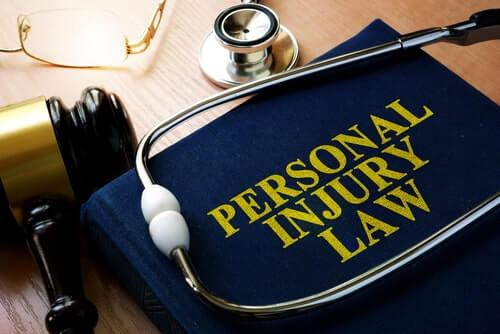 In a catastrophic injury claim, not all losses occur by the time a settlement is reached or an insurance claim is approved. If you have suffered a personal injury, you may be entitled to compensation for future losses or damages.
In a catastrophic injury claim, not all losses occur by the time a settlement is reached or an insurance claim is approved. If you have suffered a personal injury, you may be entitled to compensation for future losses or damages.
Our Rockford catastrophic injury attorneys would like to discuss types of future losses and how an attorney would calculate potential compensation.
Examples of Future Damages
While economic damages are those losses that directly take money away from you (i.e., lost wages or medical bills), non-economic damages are non-financial losses that affect your quality of life.
For jury verdicts in personal injury cases, Illinois law requires that economic damages be itemized into losses incurred as of the present and losses that will be incurred in the future.
Examples of future damages may include:
Long-Term Cost of Accidental Amputations
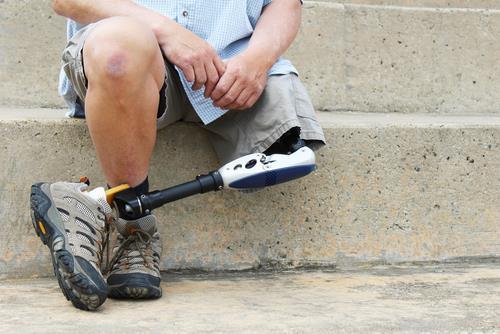 Besides the immediate costs associated with an accidental amputation, an amputee will require ongoing medical care. It is hard to estimate what the cost will be for individual circumstances following an amputation, as each victim’s needs will be different.
Besides the immediate costs associated with an accidental amputation, an amputee will require ongoing medical care. It is hard to estimate what the cost will be for individual circumstances following an amputation, as each victim’s needs will be different.
While most accidental amputations involve the loss of fingers or toes, there are situations in which a person can lose an entire limb. If you have suffered from an accidental amputation, you need the representation of a Rockford catastrophic injury attorney.
Causes of Accidental Amputations
More than 2 million Americans are living with limb loss. Unlike a planned amputation surgery (known as elective surgery), a person who suffers an accidental amputation will have to learn to cope with limb loss without being able to prepare mentally or logistically (making accommodations at home).
Accidental amputations most commonly take place in the following situations:
How Surgical Errors Can Result in Disabilities
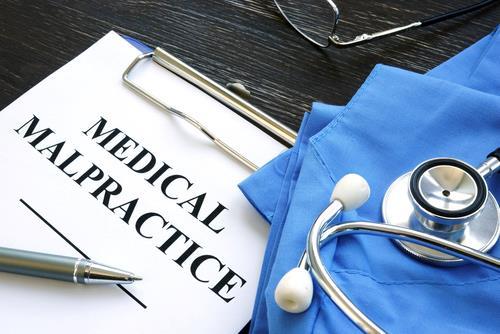 While to “err is human,” making an error during surgery can bear significant consequences.
While to “err is human,” making an error during surgery can bear significant consequences.
A mistake during surgery may result in a patient having to live with a long-term disability - so much so that an estimated 7 million people experience surgical complications each year, with one million patients succumbing to their injuries.
If you or someone you love has been the victim of a surgical error, look no further than our Rockford medical malpractice attorney.
Frequency of Surgical Errors
According to a recent study conducted by Johns Hopkins University, more than 4,000 surgical errors take place in the United States annually. These are known as “never events” since they are errors that were entirely preventable and should never have occurred.
The study examined malpractice data from the National Practitioner Data Bank, which added up to 9,744 malpractice claims with payouts totaling $1.3 billion.
Fatal Injuries that Might Lead to Wrongful Death Claims
 If a loved one suffered an untimely death, no matter the cause, you may be able to pursue a wrongful death claim. As a family member, you deserve compensation for your grief and financial losses.
If a loved one suffered an untimely death, no matter the cause, you may be able to pursue a wrongful death claim. As a family member, you deserve compensation for your grief and financial losses.
In Illinois, you must pursue a wrongful death claim within two years of the person’s death, with more time given in certain situations.
If this describes your situation, you need a Winnebago County wrongful death lawyer.
Proving Wrongful Death
To prove wrongful death, you must show that a person behaved negligently. A successful wrongful death claim requires that you show that a person acted carelessly, either through an act or omission, which caused your loved one’s death.
Four elements must be satisfied to prove wrongful death:
Duty of Care
The wrongful party had a duty to keep the victim safe. For example, a motorist has an obligation to follow traffic regulations to keep other road users out of harm’s way.
Long-Term Impairments from a Severe TBI
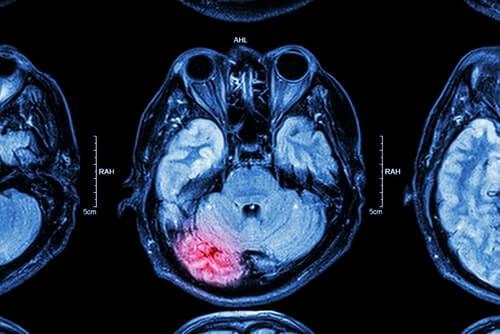 A traumatic brain injury can disrupt brain function, leading to permanent disability and death. Each year, over 282,000 hospitalizations are related to traumatic brain injuries, or TBIs, with 153 people dying from a TBI daily.
A traumatic brain injury can disrupt brain function, leading to permanent disability and death. Each year, over 282,000 hospitalizations are related to traumatic brain injuries, or TBIs, with 153 people dying from a TBI daily.
If you or a loved one have suffered a long-term impairment from a TBI, you need a Rockford and Winnebago County brain injury lawyer by your side.
What is a Traumatic Brain Injury?
A traumatic brain injury is usually the result of a forceful blow or strike to the head. It may occur if your head comes into contact with an object, like if your head hits the dashboard during a car accident. A TBI can also occur if a falling object hits your head, like a piece of scaffolding that falls from a construction site.
If the head trauma does not involve penetration of the skull, it is known as a closed head injury. In contrast, an open head injury, or penetrating trauma, is more likely to cause brain damage since it pierces through the skull and directly into brain tissue.
Spinal Cord Injury Accidents
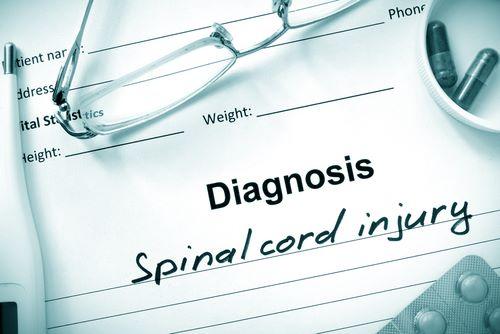 Spinal cord injuries are arguably the worst injury that any can face. When such an injury arises from another person or party's negligent actions, the injured person deserves full compensation for their extensive damages. A skilled Rockford spinal cord injury attorney can help them achieve the best outcome possible.
Spinal cord injuries are arguably the worst injury that any can face. When such an injury arises from another person or party's negligent actions, the injured person deserves full compensation for their extensive damages. A skilled Rockford spinal cord injury attorney can help them achieve the best outcome possible.
Spinal cord injuries (SCI) are rare, but when they do happen, they are invariably serious. Sadly, many of these injuries arise from incidents that were completely preventable. SCIs usually take a severe physical and emotional toll on victims and their families. Suppose you or someone you love was injured in an accident that caused a SCI. In that case, you need strong representation from a dedicated and compassionate Rockford spinal cord injury lawyer. You will find that lawyer at our firm.
What Causes Spinal Cord Injuries?
Accidents and gunshot wounds collectively account for approximately 83.1 percent of all SCIs since 2005. Motor vehicle crashes are by far the most common causes of SCI, causing nearly 32 percent. Falls represent just over 25 percent, while motorcycle accidents account for almost seven percent. Other causes are as follows:
How Much is an Illinois Catastrophic Injury Claim Worth?
 Catastrophic injury claims are worth much more than other personal injury claims. If you suffered such an injury, it is imperative that you receive the compensation you deserve. Teaming with a knowledgeable Winnebago County catastrophic injury attorney can help you meet this goal.
Catastrophic injury claims are worth much more than other personal injury claims. If you suffered such an injury, it is imperative that you receive the compensation you deserve. Teaming with a knowledgeable Winnebago County catastrophic injury attorney can help you meet this goal.
All personal injuries are preventable and have negative financial implications. However, catastrophic injuries have lengthy and far-reaching consequences. As such, they are treated differently and require the careful attention of an experienced Winnebago County catastrophic injury lawyer.
What is a Catastrophic Injury?
What sets catastrophic injuries apart from other personal injuries is that they are much more devastating and expensive. If someone falls and breaks their ankle, of course, they will suffer pain, possibly require surgery, or physical therapy, and might be out of work for a few months.
Who Pays for Your Burn Injury Medical Bills?
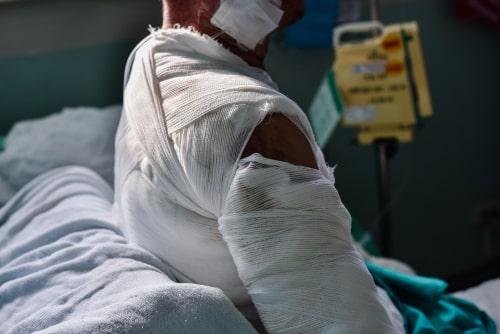 Burns injuries can arise from many different situations. When these situations were not the victim’s fault, they deserve compensation, partly to pay their medical bills. By working with an experienced Rockford burn injury attorney, they can seek the financial and physical recovery they deserve. Hundreds of thousands of Americans receive treatment for burn injuries each year. Burns are linked to 40,000 hospitalizations and 3,400 deaths annually. Burns can be caused by motor vehicle accidents, workplace accidents, defective products, premise liability, medical malpractice, and many other situations that require the attention of a knowledgeable Rockford burn injury lawyer.
Burns injuries can arise from many different situations. When these situations were not the victim’s fault, they deserve compensation, partly to pay their medical bills. By working with an experienced Rockford burn injury attorney, they can seek the financial and physical recovery they deserve. Hundreds of thousands of Americans receive treatment for burn injuries each year. Burns are linked to 40,000 hospitalizations and 3,400 deaths annually. Burns can be caused by motor vehicle accidents, workplace accidents, defective products, premise liability, medical malpractice, and many other situations that require the attention of a knowledgeable Rockford burn injury lawyer.
Burn Injury Expenses
Not only are burns one of the most painful, traumatic, and disfiguring injuries anyone can face, but they are also one of the costliest. Treating burn injuries is incredibly high due to the rising expenses of hospitalizations, therapies, rehabilitation, reconstruction surgeries, skin grafts, and other healthcare options.



